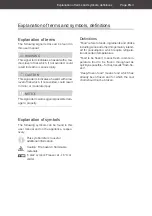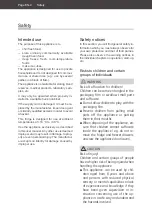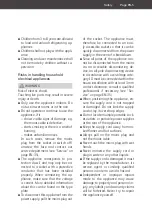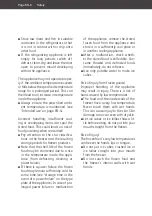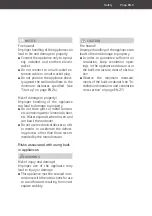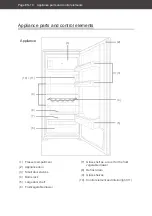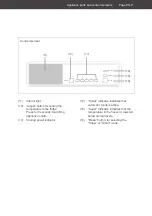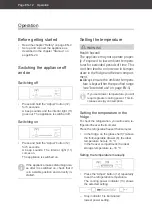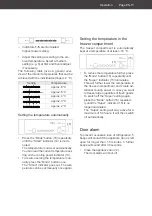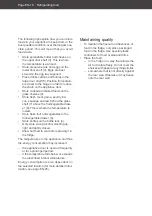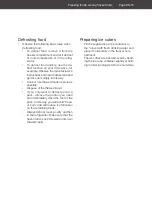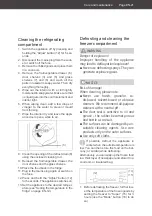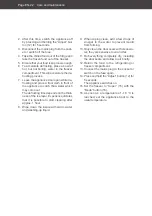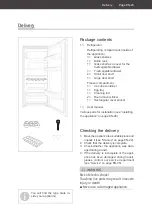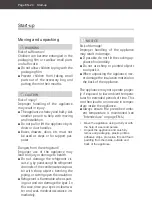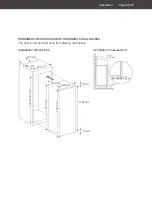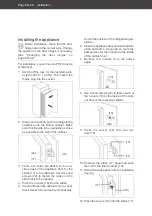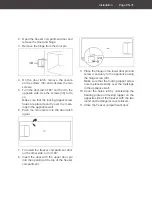
Refrigerating food
Page EN-16
The following tips explain how you can store
foods in your appliance to keep them in the
best possible condition over the longest pos-
sible period. This will mean that you avoid
food waste:
• Store spreadable butter and cheese on
the upper door shelf (3). This is where
the temperature is warmest.
• Store preserves, jars and eggs on the
lower door shelf (3). Eggs are best
stored on the egg tray supplied.
• Place drinks cartons and bottles in the
large door shelf (5). Position full contain-
ers closer to the hinge in order to reduce
the strain on the appliance door.
• Store cooked and baked foods on the
glass shelves (9).
• Store fresh meat, game, poultry, ba-
con, sausage and raw fish on the glass
shelf (7) above the fruit/vegetable draw-
er (6). This is where the temperature is
lowest.
• Store fresh fruit and vegetables in the
fruit/vegetable drawer (6).
• Store bottles on the bottle rack (4).
• Only store strong alcohol standing up-
right and tightly closed.
• Allow hot food to cool before placing it in
the fridge.
The temperatures in the appliance and thus
the energy consumption may increase if
– the appliance door is opened frequently
or for a prolonged period.
– if the temperature falls below or exceeds
the prescribed interior temperature.
Energy consumption is also dependent on
the selected location (for more detailed infor-
mation, see page EN-25).
Maintaining quality
• To maintain the flavour and freshness of
food in the fridge, only place packaged
food in the fridge. Use special plastic
containers for food or standard films.
• Place the food
– in the fridge in a way that allows the
air to circulate freely. Do not cover the
shelves with paper or anything similar.
– somewhere that is not directly against
the rear wall. Otherwise it may freeze
onto the rear wall.


